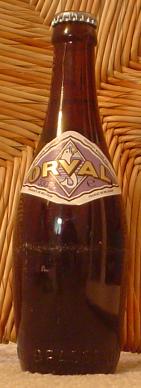This is somewhat depressing news given my inclination towards quality real ale:
Kirin to enter market for ‘3rd-category beer’ this springThursday, January 13, 2005 at 07:00 JST
TOKYO — Kirin Brewery Co said Wednesday it will join three other major Japanese breweries this spring in offering a product known as “the third-category beer,” a beer-tasting alcoholic beverage that is in a lower tax bracket because of its ingredients. The beer-like beverage accounted for about 5% of sales of beer and the like in 2004, underlying a growing demand for the new beverage, said Kirin President Koichiro Aramaki. (Kyodo News)
Once can only presume that the 3rd level is below discount. Can any Asian correspondents enlighten us on this? Interesting to note that the Asia Times is reporting a concurrent decline in overall Japanese beer consumption and a move to the third way as an effort to get around taxation. Guinness, one of the great beers of the world in both an economic and quality sense, was created for the very same reason when Britain moved to the taxation of malt included in beer rather than the final alcohol content (if I am recollecting correctly…I did! See here). The result was a beer high in unmalted raw rolled barley and blackened but raw roast barley and a resulting low-carb profile. I suspect the Japanese will not come up with such a happy outcome.


 I have been going to the Kingston Brew Pub for more than a decade. When we lived three hours drive away, during LBK (Life Before Kids) we planned long weekends around meals there. Now I work a block away and am happy because of it, even to pop in for the lunch special or a cup of coffee mid-afternoon. The
I have been going to the Kingston Brew Pub for more than a decade. When we lived three hours drive away, during LBK (Life Before Kids) we planned long weekends around meals there. Now I work a block away and am happy because of it, even to pop in for the lunch special or a cup of coffee mid-afternoon. The 










